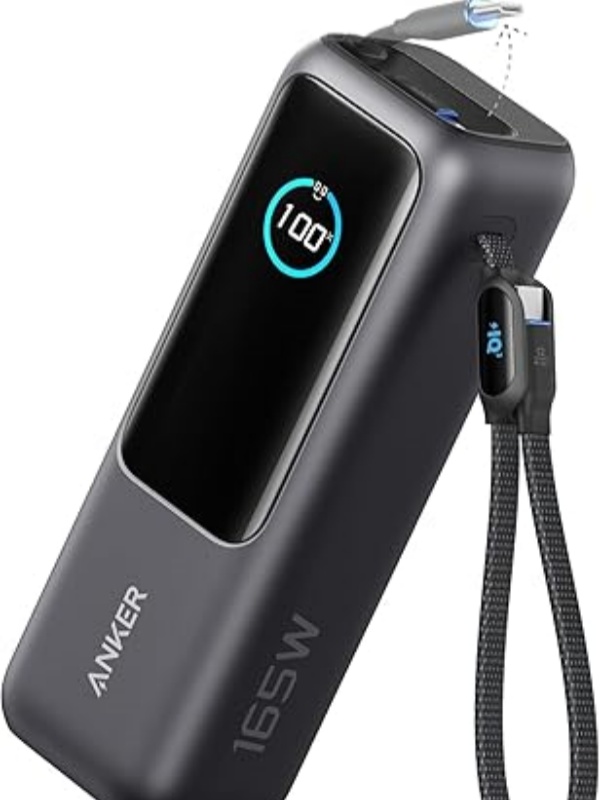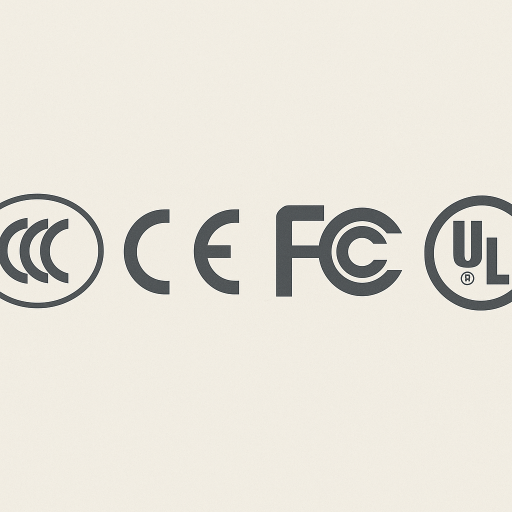In most countries, your power bank is just… a power bank. In China, it’s different. That tiny CCC logo can be the difference between smooth boarding and an awkward goodbye at airport security. Does Anker have 3C certification? For travelers, it’s not a geeky detail—it’s a rule. And the moment an officer turns your charger over, you’ll see why this question matters.
Planning to bring a power bank to China? Here’s the 2025 3C-certified travel guide you need.

3c logo
3C Certification and Flight Rules
Walk into a security checkpoint at Beijing Capital or Guangzhou Baiyun this year and you’ll spot it: a guard turning over someone’s sleek power bank, looking for that tiny CCC mark. Since July 2025, China’s Civil Aviation Administration has made it clear—no 3C certification, no boarding for your power bank. It’s not just airport fuss; it’s tied to the national SAMR rules, the agency that polices consumer product safety.
So what does 3C even check? It’s not a single quick glance. Labs test for battery stability, overcharge protection, and if the capacity rating matches the label (no “fake 20,000mAh” tricks). And yes, failing one part means no certificate.
Spotting the real deal isn’t rocket science. Flip your charger over—there should be a CCC logo near the specs, plus a serial code you can punch into the official SAMR site. No code, or a blurry print? That’s your red flag. I’ve seen fakes with logos slightly off-center—funny until they get binned at the gate.
You can check my full guide here:What Is 3C Certification and How to Choose?
Does Anker Actually Have 3C Certification
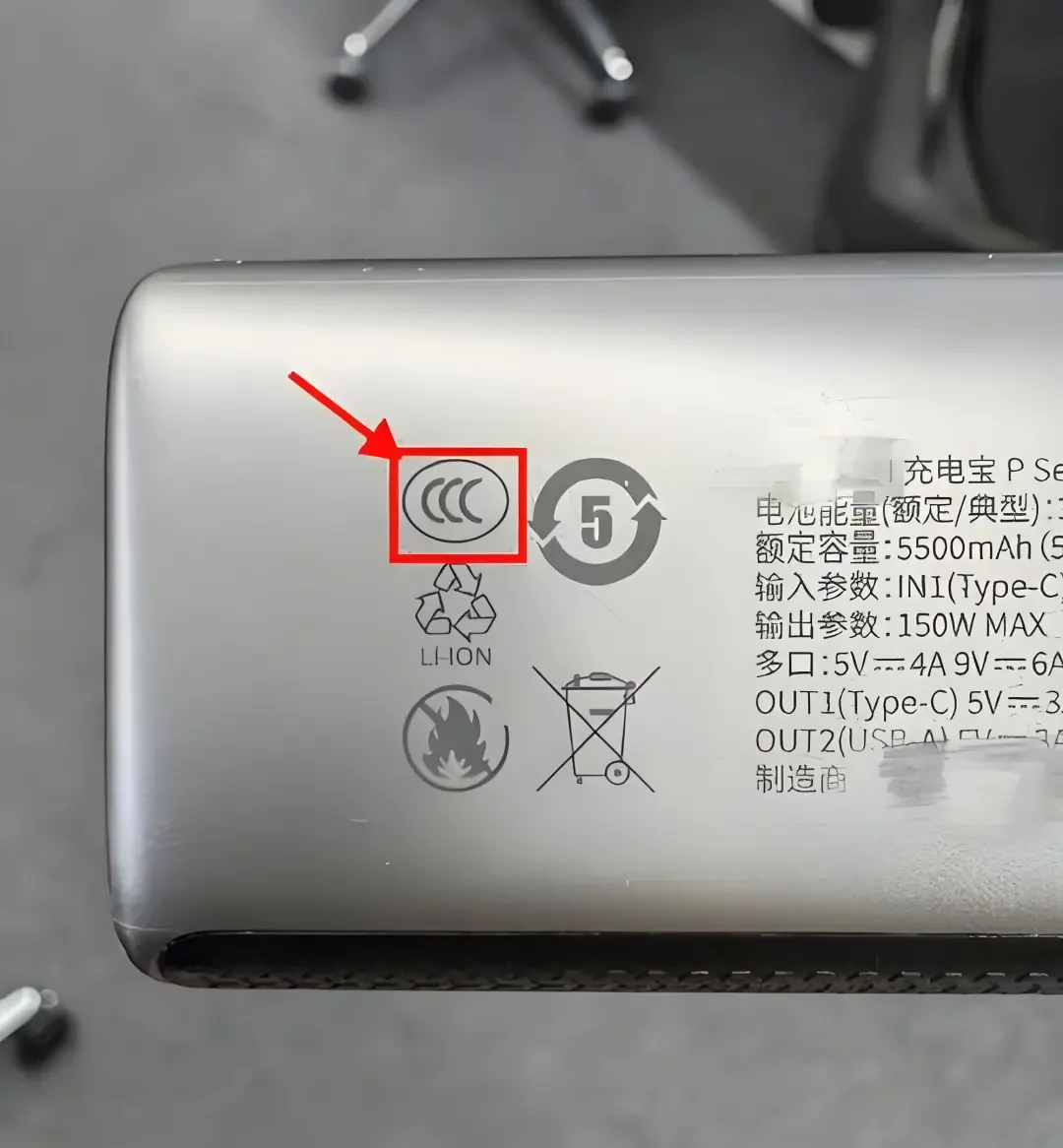
3C power bank label
Checking Anker’s product compliance in China
If you’ve ever wondered, Does Anker Have 3C Certification in 2025, the answer isn’t a simple yes-or-no. On Anker’s China website and its Tmall flagship store, certain models proudly show the CCC logo in their spec sheets. Scroll down the product page and you’ll spot it—usually in the “安全认证” section, tucked between warranty notes and battery specs.
Here’s the catch. Plug a few of these model numbers into the official SAMR database, and you’ll see the matching 3C certificate pop up—model name, manufacturer, even the expiry date. That’s the real deal. But if you grab an Anker from Amazon US or a duty-free shop overseas? Different story. Many global versions never went through China’s certification process. Same design, same glossy finish, but no record in SAMR.
I’ve had friends bring back gorgeous overseas Anker units, only to have them pulled aside at Shanghai Pudong Airport because the label lacked that little CCC mark. Looks the same, works the same—until security says it doesn’t. That’s when the whole “Does Anker Have 3C Certification in 2025” question suddenly stops being theoretical.
The recall story: Anker models pulled from the market
Back in early 2023, news broke that shook a lot of loyal Anker users. A batch of Anker 535 Power Banks (PowerCore 20K) was pulled from shelves after reports of overheating and fire risk. U.S. Consumer Product Safety Commission notices said some units could even smoke during charging. It wasn’t just an overseas drama—Chinese buyers noticed, too, especially those importing the same model from Amazon.
The tricky part? Many of these recalled units had no 3C certification in China because they were never sold officially here. So even if you wanted to check the SAMR database, you’d come up empty. That’s why before buying—especially if it’s a sweet deal from abroad—it’s worth checking both the recall history and whether it’s in China’s CCC list.On June 20, Anker Innovations issued a notice to voluntarily recall certain batches of its basic model power banks.The recalled models are A1642 / A1647 / A1652 / A1680 / A1681 / A1689 / A1257.Take a close look at your power bank.
Popular Anker models that are 3C-certified
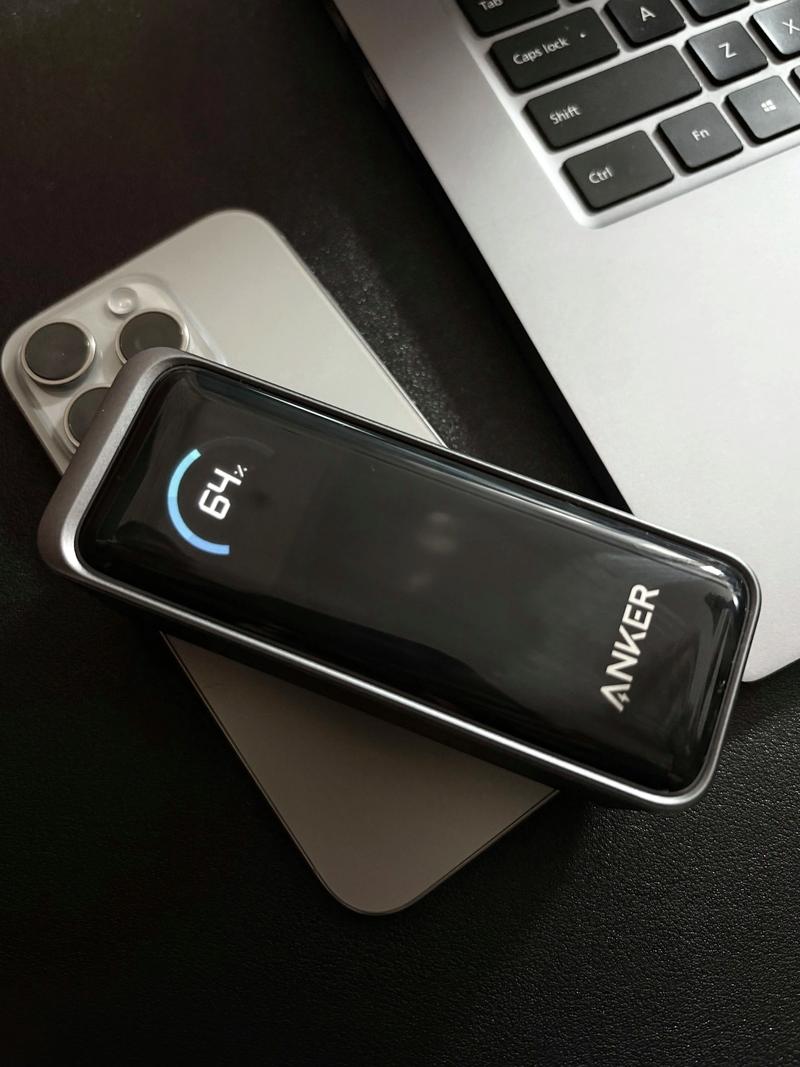
Anker power bank
Walk into Anker’s Tmall flagship or scroll through JD.com’s self-operated store and you’ll spot a few regulars that proudly carry the CCC mark. These aren’t random picks—they’re the ones that pass China’s safety checks and stay within the ≤20,000mAh flight limit. The sweet spot? Models that balance charging speed with travel convenience.
Here’s a quick side‑by‑side for the ones you’ll most often see in carry‑on bags:
| Model | Capacity | Ports | Price Range (CNY) |
|---|---|---|---|
| Anker PowerCore III 10K Wireless | 10,000mAh | USB‑C + USB‑A + Wireless | 280‑350 |
| Anker 535 Power Bank (PowerCore 20K) CN Version | 20,000mAh | 2×USB‑C + 1×USB‑A | 420‑520 |
| Anker PowerCore Select 10000 | 10,000mAh | 2×USB‑A | 120‑180 |
| Anker PowerCore III 19200 PD | 19,200mAh | USB‑C + USB‑A | 360‑450 |
Buying from the official channels is worth the tiny price bump—Tmall Anker, JD.com自营, even some airport duty‑free shops carry certified stock. It saves you the headache of wondering whether your shiny new charger will survive the airport security check. For a broader list that includes non‑Anker picks, I’ve broken it down here: Top 3C Certified Power Banks to Buy in 2025.
One last note: skip anything over 20,000mAh if you plan to fly in China. No amount of “but it’s just for travel” will change the rule at the gate—trust me, security staff won’t even blink before tagging it for removal.
Verifying 3C Certification and Safer Buying Options
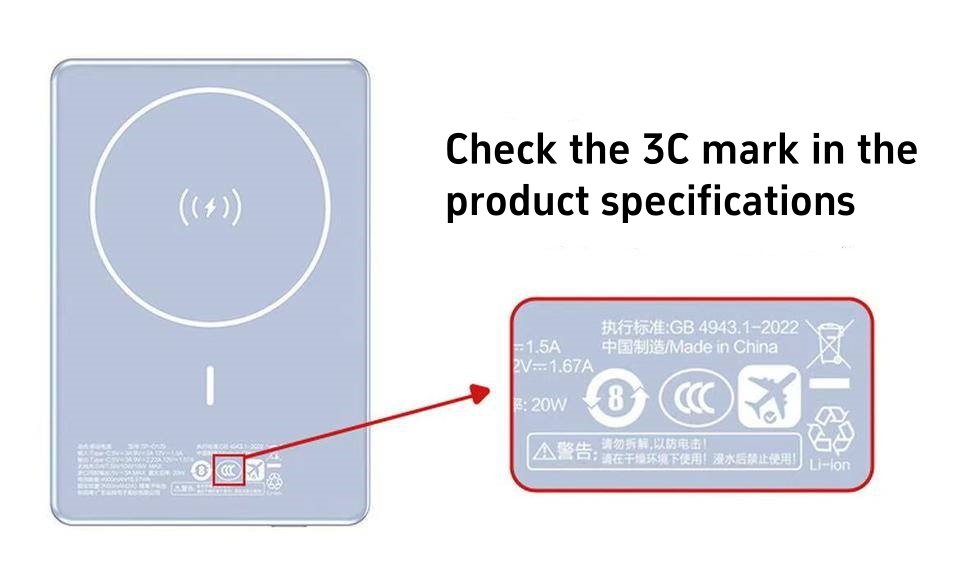
Check 3C power bank
Step-by-step: From the label to the SAMR database
Checking a 3C certificate sounds dry, but it’s really just three moves. First, flip your Anker over—near the battery specs, you should see the CCC logo. Right next to it, there’s usually a short certificate number.
Next, head to the SAMR official website. Punch that number into the search bar, hit enter, and you’ll get a page showing the model name, manufacturer, and validity dates. If nothing shows up? That’s a problem.
For the lazy (or the smart), many certified chargers now have a QR code printed near the logo. Open your phone camera, scan it, and it should take you straight to the verification page. Just make sure you’re scanning the real one—not a random sticker from a reseller. I’ve seen fakes with codes that open online shopping ads instead of SAMR results.
What to do if it’s not certified
Picture this: you’re at the airport, security flips your Anker over, frowns, and shakes their head. No CCC mark. You’ve got two plays. If you’re still before your trip, return it to the store or swap it for a China‑market version with a verified certificate. Official channels—Tmall Anker, JD.com自营—are boring, yes, but they won’t leave you arguing at the gate.
Already traveling? Don’t risk it. Some airport duty‑free shops stock 3C‑certified models, often priced a bit higher but instantly legal to carry on flights. It’s not glamorous, but better than watching your charger disappear into the confiscation bin.
Frequently Asked Questions (FAQs)
Q: Can I use my Anker power bank in China if it only has CE or FCC certification?
Not necessarily. CE or FCC marks are fine for Europe or the US, but China’s aviation rules require the CCC mark for power banks carried on domestic flights. Without it, security staff might still reject it, even if it’s perfectly safe elsewhere.
Q: Do hotels in China care about whether my power bank is 3C certified?
Most hotels won’t check, but if your charger causes any incident—like overheating—having a non‑3C certified unit might complicate liability issues. It’s rare, but worth considering if you’re staying long‑term.
Q: Can I ship a non‑3C certified power bank to myself in China?
Shipping batteries into China is tricky, even with certification. Without the CCC mark, customs may block or return it. Couriers often have their own rules, so check with them before sending.
Q: Are 3C‑certified power banks always more expensive in China?
Not always, but certified units from big brands like Anker, Xiaomi, Baseus often cost more than unbranded imports. You’re paying for compliance, warranty, and peace of mind at the airport.
Q: Will my international warranty cover issues if my Anker fails in China?
Possibly, but if your model isn’t officially sold in China—and especially if it’s not 3C certified—service centers may refuse local repairs. You might have to ship it back to the country of purchase.
